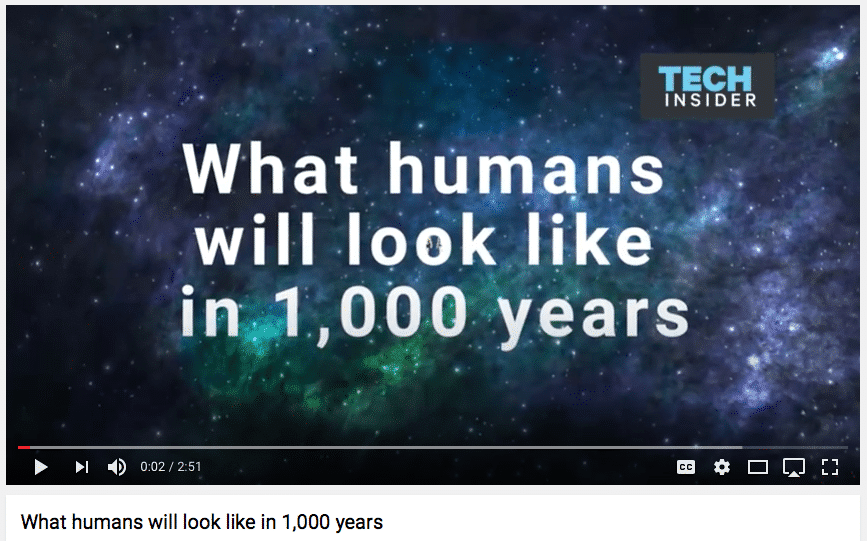How Creative Animation Drives Better Consumer Response
 As a kid, it's likely you spent many Saturday mornings stuffing yourself on popular children's cereal while watching the cartoons and the animated ads that touted them. As adults, consumers are still responsive to animation. And healthcare animation is a popular and beneficial tool in hospital and medical group communications plans.
As a kid, it's likely you spent many Saturday mornings stuffing yourself on popular children's cereal while watching the cartoons and the animated ads that touted them. As adults, consumers are still responsive to animation. And healthcare animation is a popular and beneficial tool in hospital and medical group communications plans.
A consumer’s earliest decision-making is often moved by animated information. Animation-rich sites are a proven and relatively easy means to inform, educate and sell specific healthcare services. Animation simplifies technical or complicated ideas into easily understood consumer slices. What’s more, animated storytelling engages, encourages and entertains.
Words tell, but pictures sell…
The nearly legendary demonstration of impact and effectiveness is the Dropbox example. When the personal file sharing and collaboration service was a relatively unknown concept the company installed an explainer video on its homepage. This video animation simplified the somewhat complicated cloud storage idea and benefits. And, as a result, the fledgling Dropbox added 10 million new customers and a revenue increase of almost $50 million.
Healthcare professionals are finding animation to be an amazingly effective medium in content marketing to their desired patient demographics. In many situations, they are better than online “talking head” videos or print information alone. Some of the useful and effective applications include:
- Community and corporate “briefings” and message capsules
- Explainer videos and patient information
- Lifestyle, diet/nutrition and healthy living videos
- Product or how-to application demonstrations
- Professional Education regarding health, medicine and procedures
Hospitals, medical groups and physicians often have detailed procedures and instructions for patients. Short animated videos—available via website, in-office TV, or both—are reference lessons as well as educational reminders. Animated videos can be produced in various formats including whiteboard drawing, stop motion, typography, motion graphics and many other creative techniques. This one illustrates a complex idea in an easy to follow future notion.
The various forms of visual content have long been recognized for their attention-getting audience appeal. The plus-factor is that the Internet has enabled video and animated video as a powerful communications tool and an in-demand mainstay for online healthcare content.
Video content is popular and easy to consume. Nearly 80 percent of business-to-consumer (B2C) companies present video content. Audiences appreciate and respond to the form.
Quick and convenient are video content watchwords. Healthcare audiences love the immediacy of brief video answers or responses delivered to their mobile devices. Animation communicates faster than long text blocks.
The cost of animation and video is shrinking. For many brief projects, digital equipment, specialized creation software, and editing/production capabilities are now within reach of modest healthcare budgets.
The majority of online traffic is a video format. Animated video, in particular, is memorable, and it inspires content sharing. And over 60 percent of people who watch a product video are likely to become buyers.
While content marketing is a well-established strategy, the ongoing challenge is to capture audience attention in the face of increasing competition and competitive noise. Animated video breaks through clutter and delivers an impactful, memorable and shareable story. Take another look at your marketing and communications plan. How, where and when does video healthcare animation take a new and responsible role for you?









